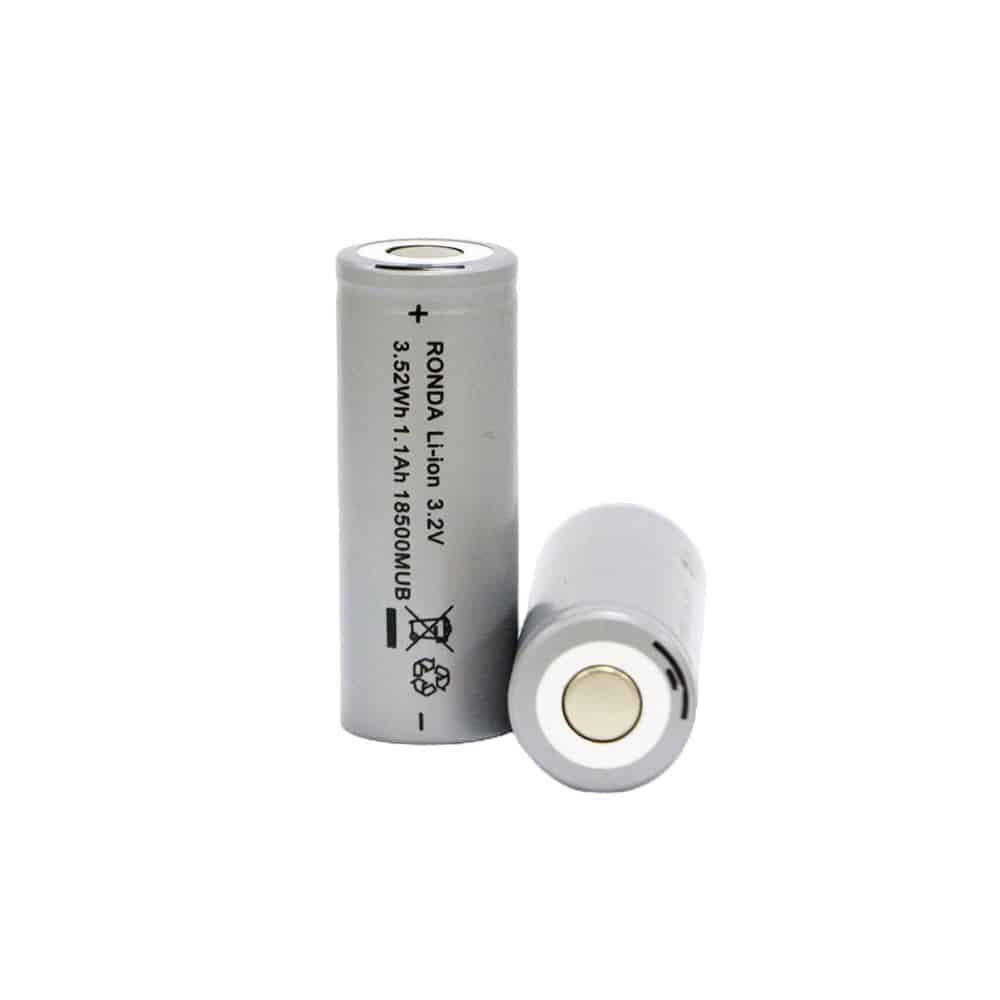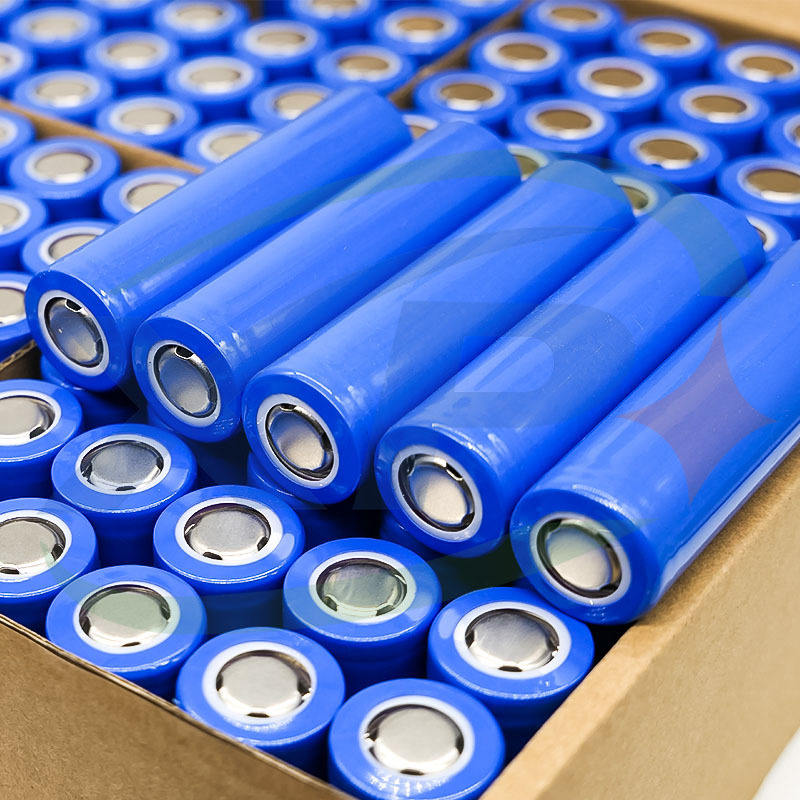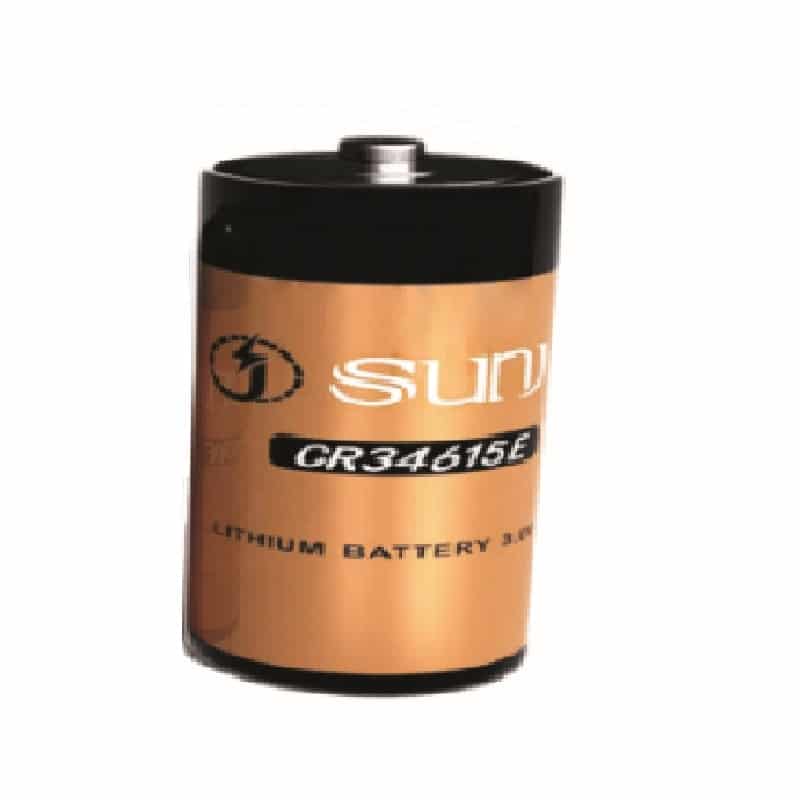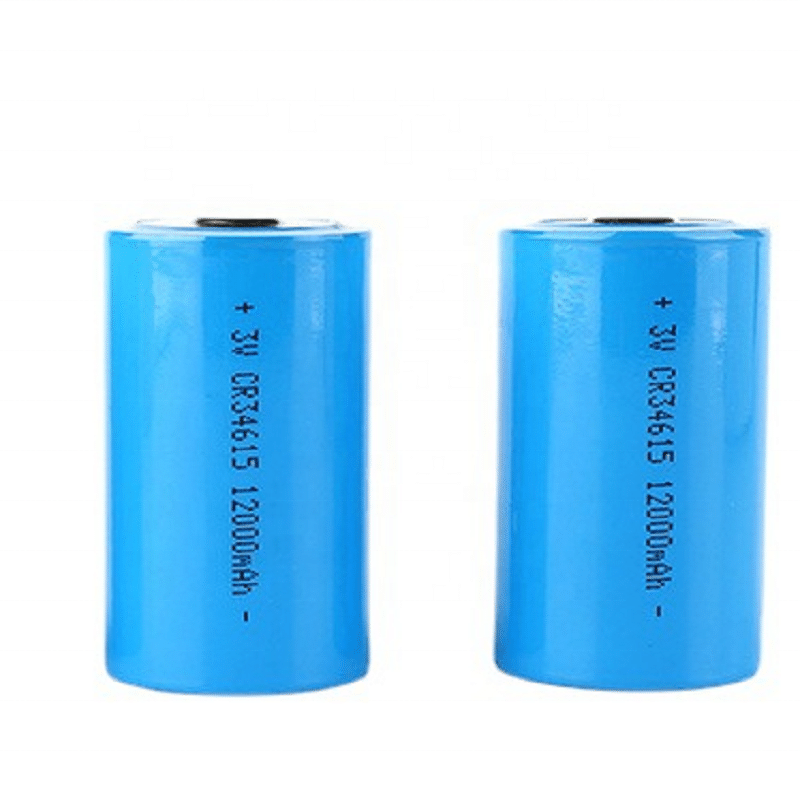Introduction to the slitting process of lithium-ion batteries:
(1) After coating and rolling, the porous electrode needs to be cut to achieve the required design structure and size.
(2) There are three main methods for cutting polar plates: (1) disc cutting; (2) Die stamping; (3) Laser cutting;
(3) The traditional punching methods of disc cutting and mold cutting both use cutting tools or molds, utilizing the principle of plastic deformation of materials under stress, resulting in cracks and mutual separation to cut polar pieces.

Disadvantages: Tools or molds require high strength, stiffness, and accuracy
The incision formed after cutting usually has problems such as burrs or slag hanging
(4) Advantages of laser cutting electrode plates:
Cutting edge burrs can be stably controlled within 0.01mm;
2. Laser cutting only requires a one-time cost investment, without the cost of changing tools and molds;
3. Laser cutting does not have processing stress and will not cause edge powder to fall off.
(5) Disadvantages of laser cutting electrode:
The high-performance laser used is expensive and requires a large one-time investment, which most companies are still unwilling to accept;
2. Laser cutting will produce carbonized edges (also known as heat affected areas), and negative electrode materials will also produce certain copper exposure phenomena;
3. During laser cutting, a large amount of dust is generated, and the collection and treatment of dust is a considerable challenge.





